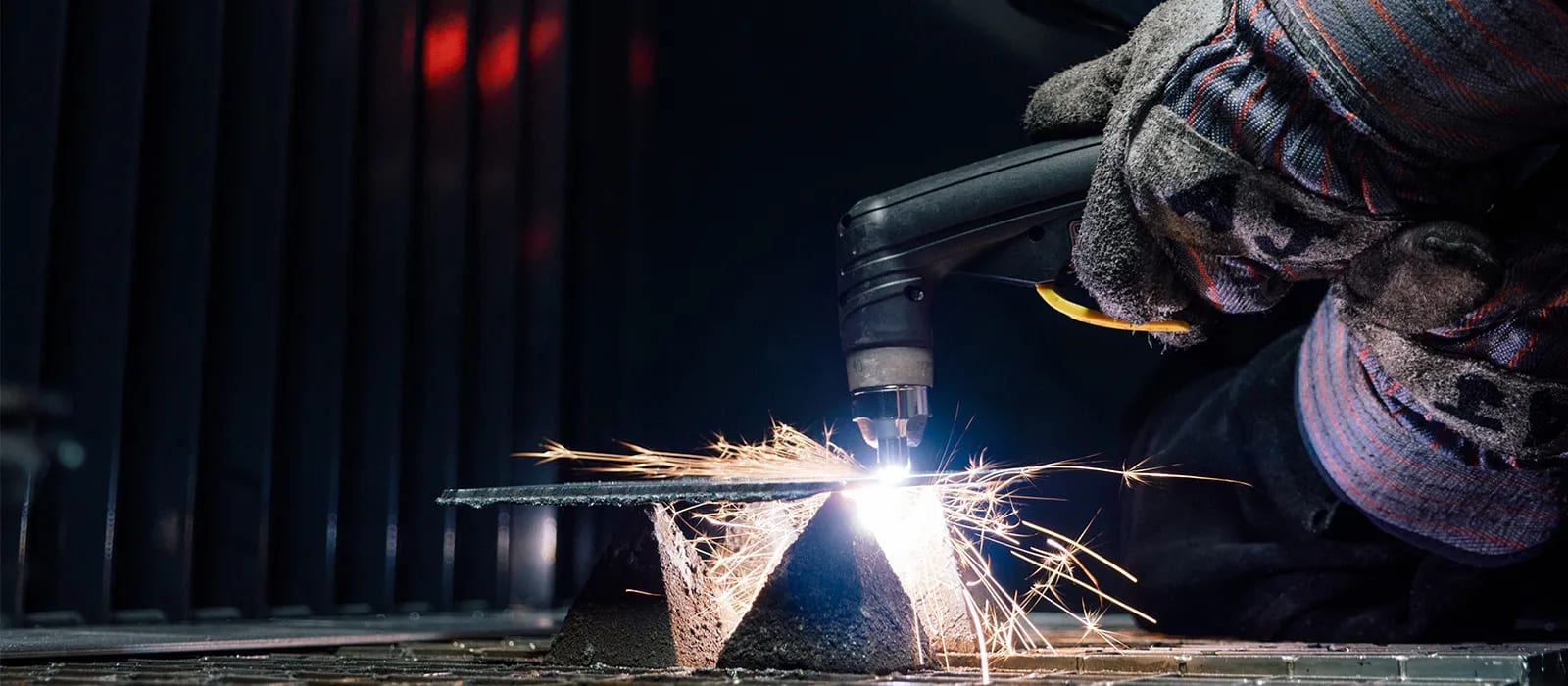Your Total Manual to Preventing Weld Undercut Like a Pro
Your Total Manual to Preventing Weld Undercut Like a Pro
Blog Article
A Comprehensive Guide to Identifying, Averting, and Fixing Undercut Welding Issues in Your Welding Projects
In the world of welding, encountering undercut problems is an usual difficulty that can compromise the structural stability and overall high quality of your welding tasks. Understanding the origin behind undercut welding, being able to precisely detect it in your welds, and executing effective preventative steps are crucial abilities for any welder. In addition, having the expertise and methods to rectify undercut problems when they do occur can make a considerable distinction in the last end result of your welding ventures. Stay tuned as we discover the necessary parts of recognizing, stopping, and fixing undercut welding problems, providing you with useful insights and techniques to boost your welding abilities to the next degree.
Common Reasons For Undercut Welding
Undercut welding, a common concern in welding processes, can be triggered by different elements that require to be thoroughly identified and addressed to guarantee the stability of the weld joint. One of the main root causes of undercut welding is too much warm input. When the welding criteria, such as voltage, present, or travel rate, are not effectively set, an extreme amount of warmth can be created. This excess warm results in the melting and subsequent elimination of the base material along the sides of the weld joint, creating a groove understood as undercut.
An additional common reason for undercut welding is incorrect welding strategy. Inadequate control of the soldering iron or gun, wrong angle or distance between the work surface and the torch, or irregular traveling rate can all add to the formation of undercut. In addition, making use of the incorrect welding consumables or electrode size for a certain joint setup can lead to undercut problems. Recognizing these origin causes and executing rehabilitative actions is vital in protecting against and rectifying undercut welding problems in welding jobs.
Identifying Undercut in Welds

To recognize undercut accurately, correct illumination and magnifying tools are necessary to check the weld joint extensively. Utilizing tools such as a welding scale or a magnifying glass can help in finding even the tiniest undercut flaws. Additionally, running a finger or a finger nail along the weld joint can sometimes reveal undercut, as the surface may really feel uneven or have a dip where the undercut exists.
Precautionary Actions for Undercut
Having a deep understanding of the reasons of undercut in welds enables for the application of effective precautionary steps to maintain weld quality and integrity. These settings must be enhanced to protect against excessive warmth input, which can lead to damage my sources formation.

Strategies for Fixing Undercut

To deal with undercut concerns properly, welders can use certain strategies intended at correcting the defect and recovering the honesty of the weld joint. One method is to adjust the welding specifications, such as the voltage, current, and travel speed, to guarantee proper warm input and blend. Enhancing the welding existing or minimizing the travel speed can assist fill out the undercut. Furthermore, transforming the welding strategy from a press to a drag or vice versa can additionally help lessen undercut.
One more strategy is to utilize a weaving movement while welding to guarantee correct sidewall fusion and fill in the undercut. By oscillating the welding arc from side to side within the weld joint, the welder can transfer much more filler product into the undercut areas, effectively removing the issue.
In addition, grinding out the undercut and rewelding the joint can be a feasible option for more extreme undercut concerns - Preventing weld undercut. This process includes eliminating the undercut area, preparing the base steel, and after that rewelding the joint with proper welding parameters and techniques to avoid undercut from reoccurring

Professional Tips for Preventing Undercut
Utilizing proper welding methods and maintaining control over essential welding specifications are essential techniques for welders aiming to prevent undercut in their weld joints. In addition, picking the suitable welding process and filler metal for the details application can assist prevent undercut. Preserving web a consistent traveling speed during the welding procedure is another essential suggestion to prevent undercut.
Final Thought
Finally, determining, preventing, and repairing undercut welding troubles in your welding jobs is essential for ensuring solid and sturdy welds. Preventing weld undercut. By understanding the usual root causes of undercut, having the ability to identify it in welds, executing safety nets, and using correct strategies for taking care of undercut, you can prevent possible problems and produce top quality welds. Following specialist pointers for staying clear of undercut can aid you enhance your welding skills and produce far better lead to your tasks
Undercut welding, a common issue in welding procedures, can be caused by different variables that require to be meticulously identified and resolved to make sure the honesty of the weld joint. Furthermore, running a finger or a fingernail along the weld joint can sometimes expose undercut, as the surface might feel irregular or have a dip where the undercut exists.
Using appropriate welding strategies and keeping control over essential welding specifications are important techniques for welders aiming to avoid undercut in their weld joints.In final thought, determining, stopping, and repairing undercut welding problems in your welding tasks is critical for making certain durable and strong welds. By recognizing the usual causes of undercut, being able to recognize it website link in welds, carrying out preventative steps, and utilizing proper strategies for taking care of undercut, you can avoid potential problems and create top notch welds.
Report this page